Five Historic Brooklyn Labor Disputes
As Brownstoner’s Montrose Morris reminded us earlier today, the Labor Day holiday grew out of the 19th century labor movement — when workers banded together to powerfully advocate for better working conditions and higher wages. From newsies to beer brewers, Brooklyn has a storied past when it comes to organized labor. Here, we take a brief look…
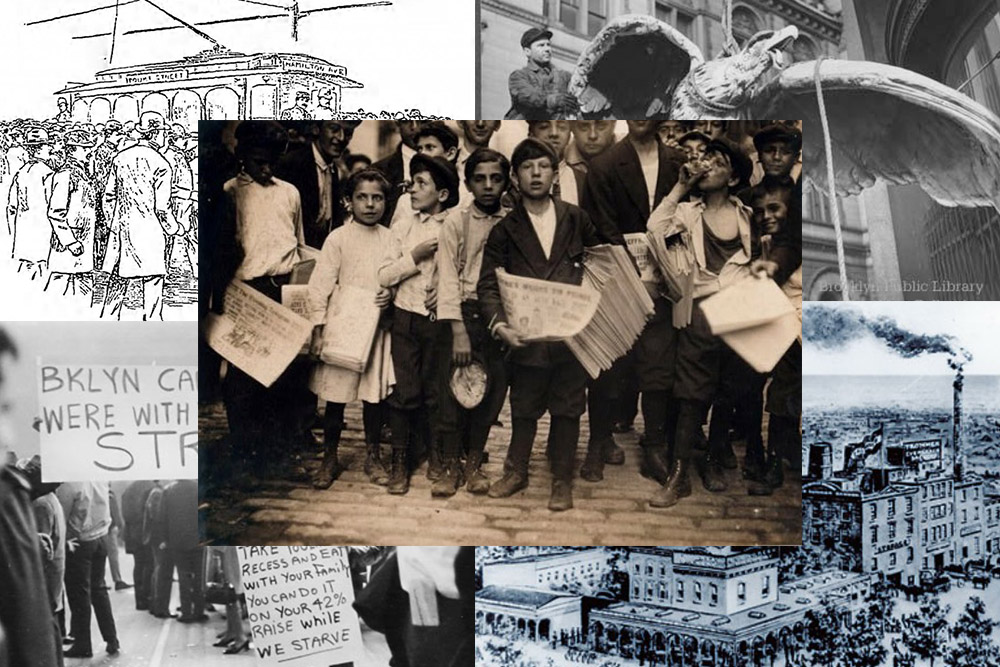

As Brownstoner’s Montrose Morris reminded us earlier today, the Labor Day holiday grew out of the 19th century labor movement — when workers banded together to powerfully advocate for better working conditions and higher wages.
From newsies to beer brewers, Brooklyn has a storied past when it comes to organized labor. Here, we take a brief look back at five famous Brooklyn strikes.
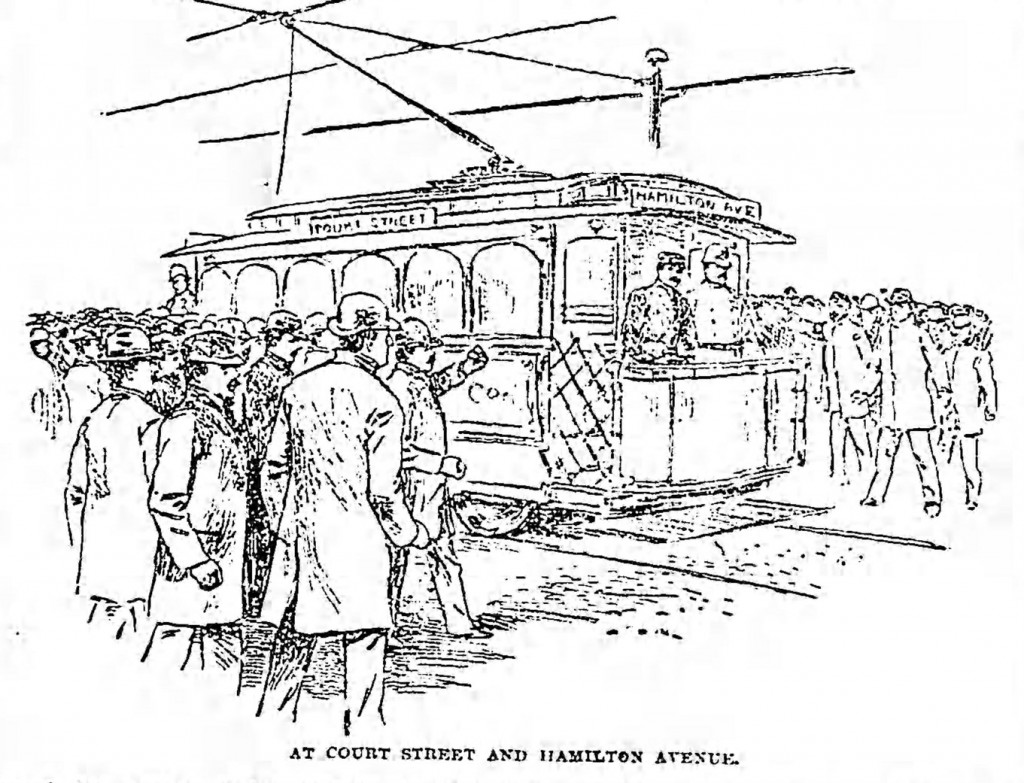
Image from the Brooklyn Daily Eagle via the Brooklyn Historical Society
Brooklyn Trolley Workers Strike, 1885
At the time, trolleys were the primary means of transportation in Brooklyn. Workers wanted higher wages after the trolley system was electrified and for their 10-hour work day to include meal breaks and time spent waiting for trolleys at the depot. Trolley companies didn’t. On January 14, 1885, 5,000 Brooklyn trolley workers went on strike, effectively shutting down the city’s trolley system. The trolley companies began hiring workers from other cities. In retaliation, the strikers cut trolley lines, attacked drivers, and even put pieces of cut brownstone in the street to stop the cars from running. On day five, the mayor called in a militia to control the violence. Over the next month, the strike lost steam, with many strikers returning to work, their demands unmet. Read more about the Trolley Strike at the Brooklyn Society.

Newsboys and girl, nine-year-old Mary Machade, on Park Row, near the Brooklyn Bridge, 1910. Photo from Library of Congress
Brooklyn Newsboy Strike, 1886
Three years before the Manhattan newsies strike that would go on to inspire a cult-hit Disney musical, the newsboys of Brooklyn rioted. In an effort to boost distribution in South Brooklyn, the Brooklyn Times gave newsies in Red Hook and Bay Ridge a discount on papers. The newsies in North Brooklyn (a few of whom probably lived on Poplar Street) were none too pleased, and went on a two-day binge of mayhem. But when adult newstand operators joined their cause, the Brooklyn Times agreed to discount papers for all.
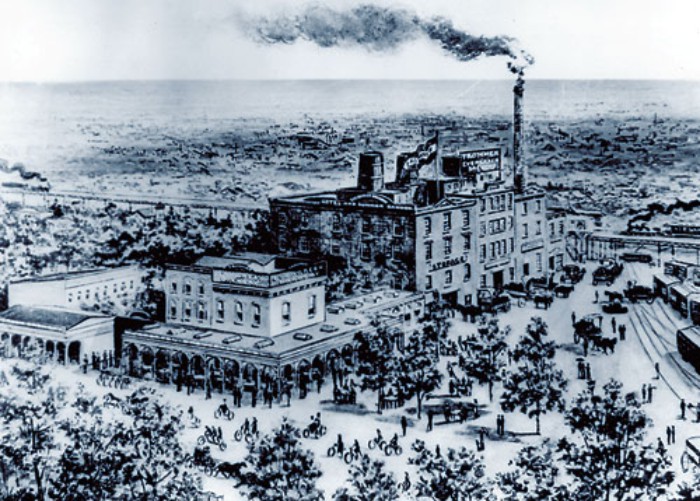
Trommer’s Brewery via rustycans.com
Brewery Worker Strike of 1949
Brooklyn was once a beer-brewing mecca. But in 1949, brewery workers demanded a shorter work week and two-man delivery teams (deliverers had been going out alone). When demands weren’t met that April, seven New York locals walked out of breweries — including Rheingold and Schaefer — for a full 81 days. During that time, midwestern beers like Blatz secured a foothold in the city. Original German yeast strains at Trommer’s Brewery were killed when strikers locked out the managers who cared for the yeast. Fans said that it never tasted the same.
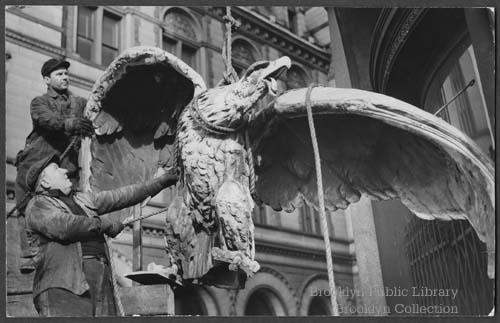
Photo via Brooklyn Public Library
Brooklyn Eagle Newspaper Guild Strike, 1955
Members of the Newspaper Guild of New York who worked for the Brooklyn Eagle wanted a $5.80 two-year pay raise package and union protections. The Brooklyn Eagle’s publisher, Frank D. Schroth, didn’t. After four months of fruitless negotiations, 315 Brooklyn Eagle Guild members went on strike on January 19, 1955. They were still striking in March, when the Eagle’s publisher announced that the paper was folding. The publisher blamed the strikers. The strikers blamed the publisher. But because they were newspapermen, they also created a publication reporting their take on the events: Who Killed with Brooklyn Eagle? (PDF).

Photo via World Socialist Web
U.S. Postal Workers Strike, 1970
On March 18, 1970, hundreds of letter carriers in Brooklyn and Manhattan went on strike — without support of union leadership — igniting what would become the first mass work stoppage in Post Office history. Workers wanted higher wages, better benefits, and safer working conditions. Mail service was hamstrung in New York, forcing President Richard Nixon to declare a state of emergency and bring in the military to sort and deliver mail. The walkout soon grew to include nearly a third of the country’s 750,000 postal employees. The strike ended two weeks later, but brought about the Postal Reorganization Act of 1970, giving postal workers the legal right to organize.

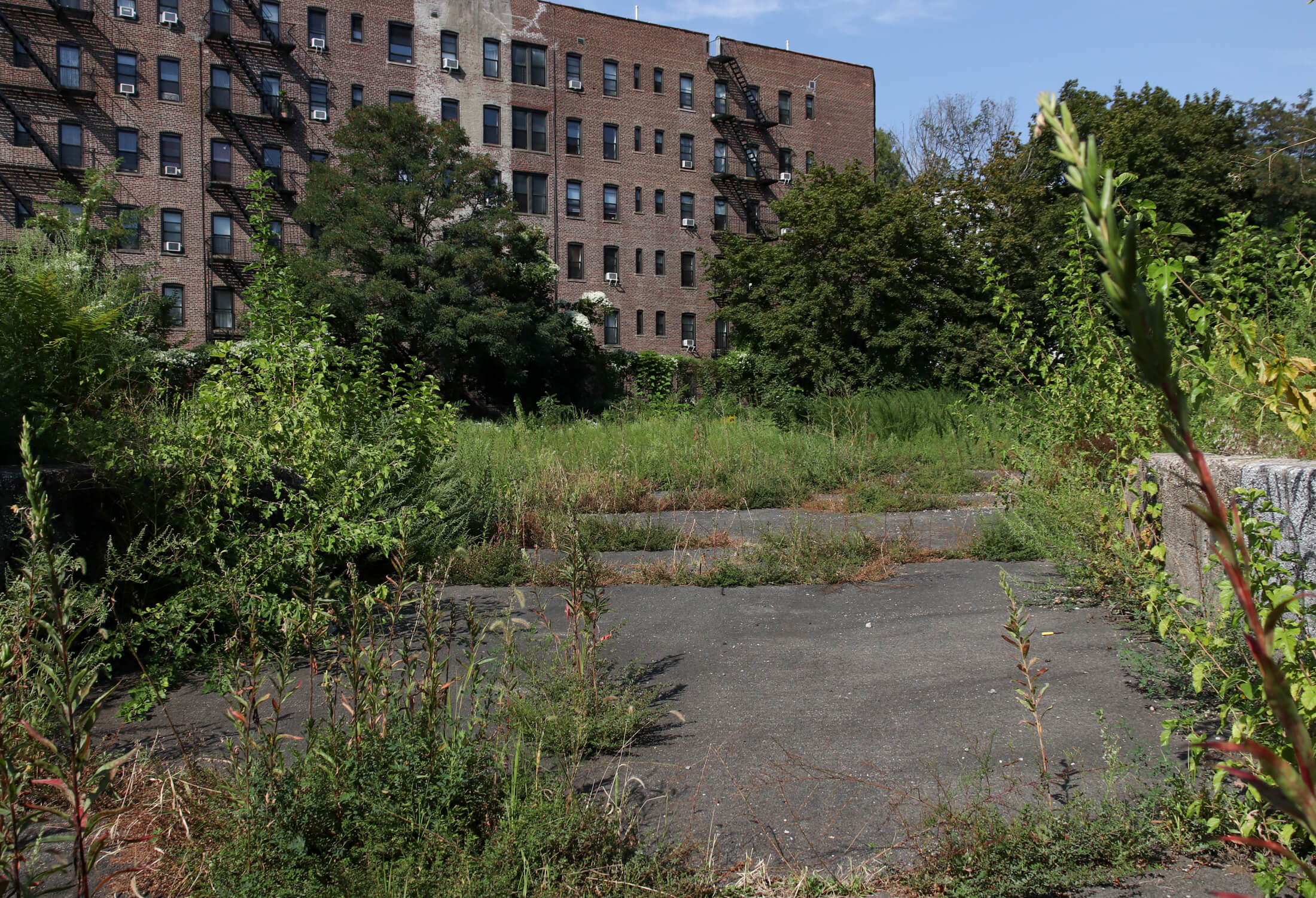



What's Your Take? Leave a Comment